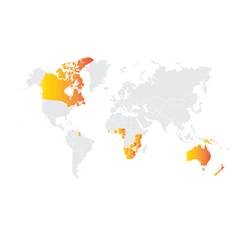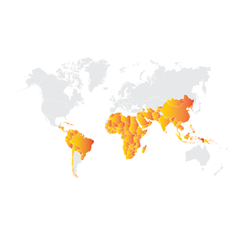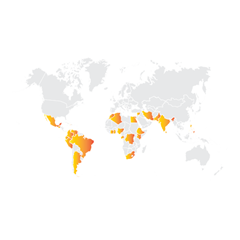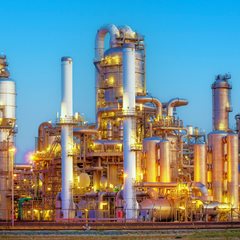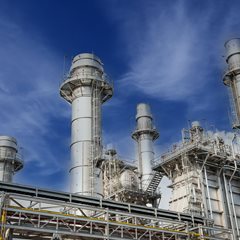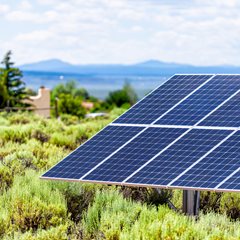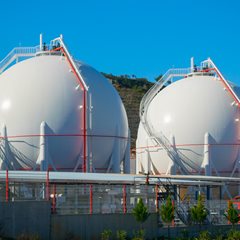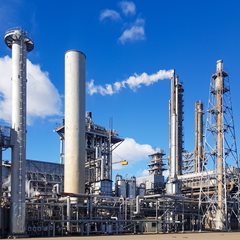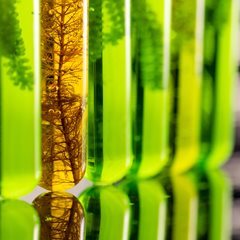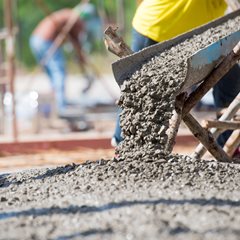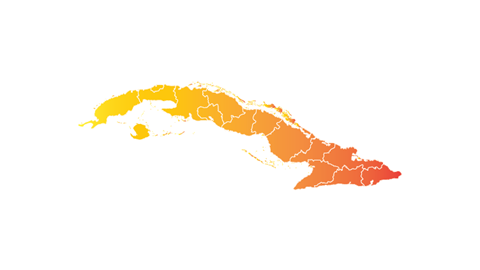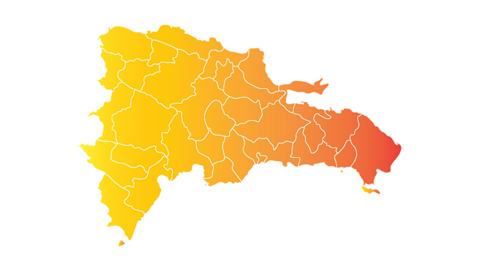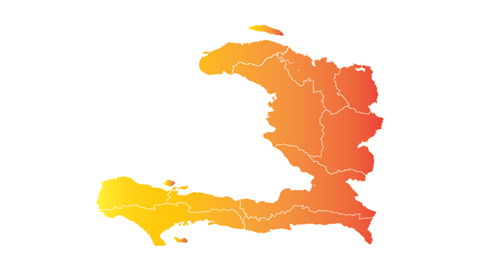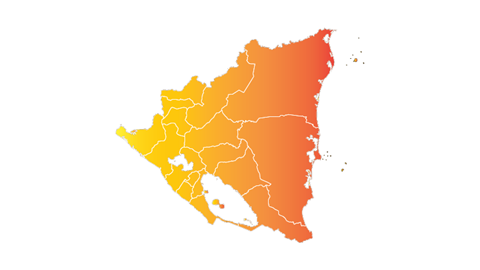Trinidad & Tobago
Critical minerals, policy, and the energy transition
The Energy Transition in Trinidad & Tobago
Trinidad and Tobago’s energy transition is shaped by its status as the Caribbean’s largest oil and gas producer, presenting both unique challenges and opportunities in shifting toward cleaner energy. The country’s energy mix remains dominated by natural gas, used for both domestic power generation and liquefied natural gas (LNG) exports, while renewable energy currently accounts for only a small fraction of electricity generation. However, national policies, including the National Development Strategy (Vision 2030), the National Energy Policy, and commitments under the Nationally Determined Contributions (NDCs), outline plans to increase renewable energy capacity to 30% by 2030, with solar PV and wind as priority technologies. The Trinidad and Tobago Electricity Commission (T&TEC) and the Ministry of Energy and Energy Industries oversee energy regulation and grid management, with recent tenders for large-scale solar projects signalling initial momentum. While Trinidad and Tobago has an active mining sector producing asphalt and industrial minerals, it does not mine key critical minerals such as lithium, cobalt, nickel, or rare earth elements, and remains reliant on imports for these materials needed for renewable technologies and storage systems. Core challenges include policy delays, grid modernisation needs, financing hurdles, and balancing the transition with the economic weight of hydrocarbons. However, opportunities lie in scaling renewables, leveraging gas-to-hydrogen technologies, and regional leadership through energy innovation and carbon reduction strategies. Trinidad and Tobago’s resource wealth, industrial capacity, and growing policy commitment in the Caribbean’s broader clean energy transition.
Trinidad & Tobago's international economic, trade, and security alliances
Trinidad & Tobago's energy and power mix
Energy Raw Materials and products produced in Trinidad & Tobago
Essential minerals production and products in Trinidad & Tobago
The journey of Central America and The Caribbean's critical minerals
Central America's progress in renewable energy is anchored on essential minerals like lithium, nickel, cobalt, PGMs, rare earths, and minor metals. These are crucial for advancing low carbon and future technologies, backed by policies promoting sustainable mining and innovation. This strategy emphasizes the significance of these minerals in paving the way toward a sustainable and energy-secure future. Learn how these critical minerals are fundamental to Central America's transition to sustainable energy.




Meet the Critical Minerals team
Trusted advice from a dedicated team of experts.

Henk de Hoop
Chief Executive Officer

Beresford Clarke
Managing Director: Technical & Research

Jamie Underwood
Principal Consultant

Dr Jenny Watts
Critical Minerals Technologies Expert

Ismet Soyocak
ESG & Critical Minerals Lead

Thomas Shann Mills
Senior Machine Learning Engineer

Rj Coetzee
Senior Market Analyst: Battery Materials and Technologies

Franklin Avery
Commodity Analyst

How can we help you?
SFA (Oxford) provides bespoke, independent intelligence on the strategic metal markets, specifically tailored to your needs. To find out more about what we can offer you, please contact us.


